Site Visit
This week we visited the National Portrait Gallery. At the same time, the teacher asked us to pay attention to the lighting design in the stadium.
About sunlight and daylight: in the gallery, we can still see the presence of sunlight. But all direct sunlight is mostly in staircases or in large, art-free halls. Daylight can only enter the room between the semi-circular glass Windows higher than the exhibits. In the exhibition hall, such as oil paintings or photos, black shading panels block the natural light entering the room.
In the lighting of exhibits, more indirect lighting uses indirect rotating down lamps. The main source of light falls on the walls to which the exhibits are attached. The light source of the exhibits is mainly radiated astigmatism.
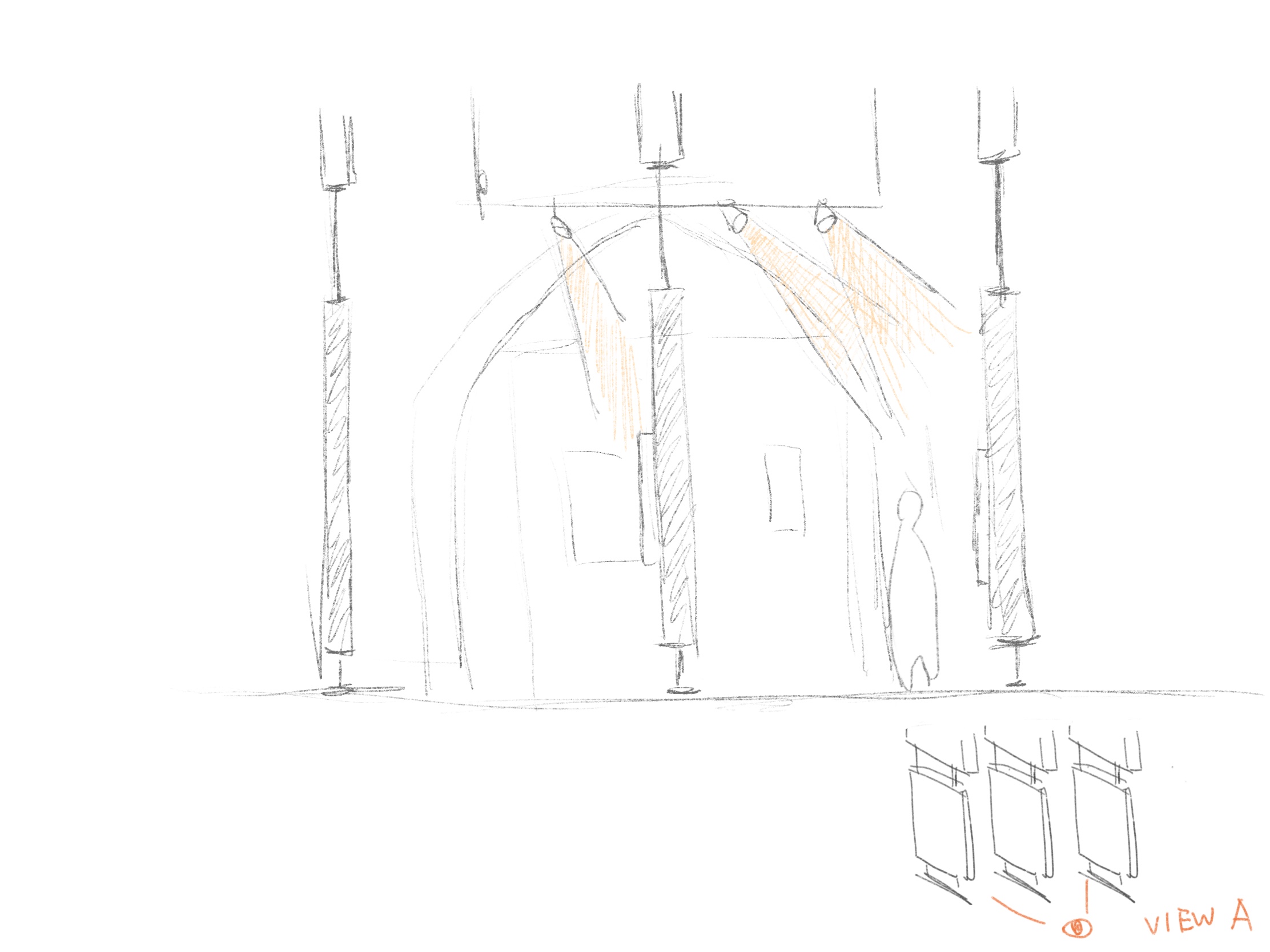

I chose the same area from different angles to draw, and it can be seen that the light does not direct the work in the end. It’s a protection measure for the artwork. But what I did not understand was that I found nine downlights on one wall, and these lights were not fully functional, even one of them was broken. Perhaps it is an overuse of resources? It is also possible that the manufacturer provides only nine lamps in a group of specifications. It cannot be verified again at present.
On the ground floor, I saw another way of lighting: from the back of the led lamp for longitudinal illumination. Because this is a photographic work and the printed material is similar to spinning cloth, the light is less harmful to it. The work is intended to show its content rather than material or form, so this way of lighting becomes feasible. The light from the back makes the image come alive as if I were actually outside. It really simulates natural light.
These brightly colored photos help us better understand how light makes contact with objects. It helps us better understand the relationship between sunlight, natural light, and artificial light.
This is what I measured directly below the two pavilions that were affected by Daylight. It was observed that the indoor light was weaker with cube occlusion and stronger without occlusion.
This is a design inspired by the roof and skylight structure. Because the roof in the first picture is located in the middle of the whole space and the floor height is relatively low, the skylight area is large. This structure was designed in the middle to block sunlight from the surrounding slope that might directly enter the room and harm the painting.
In the other picture, the interior floor has a high height and the roof section is triangular, so the Angle of sunlight cannot directly enter the interior wall hung with oil painting, so there is no need to increase the structure of shielding.
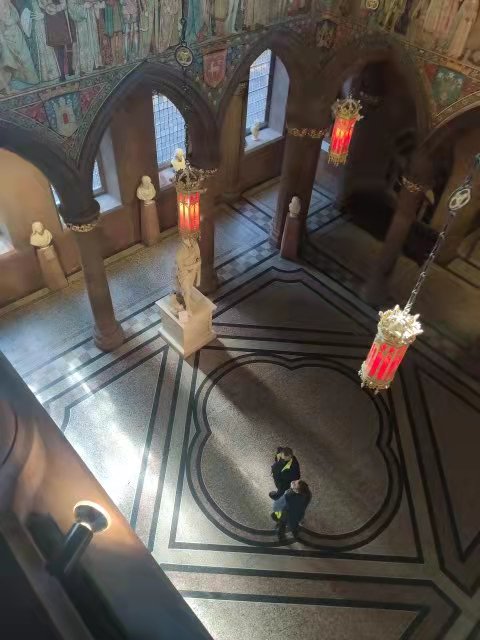
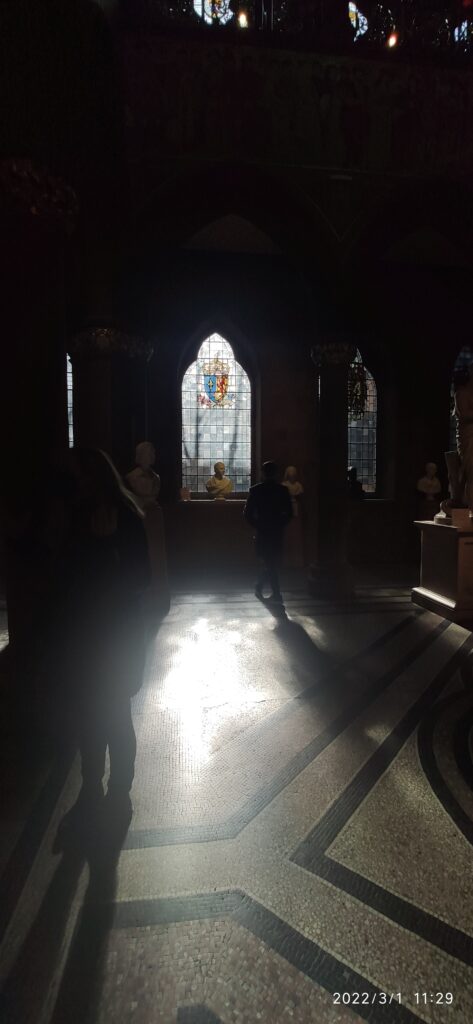
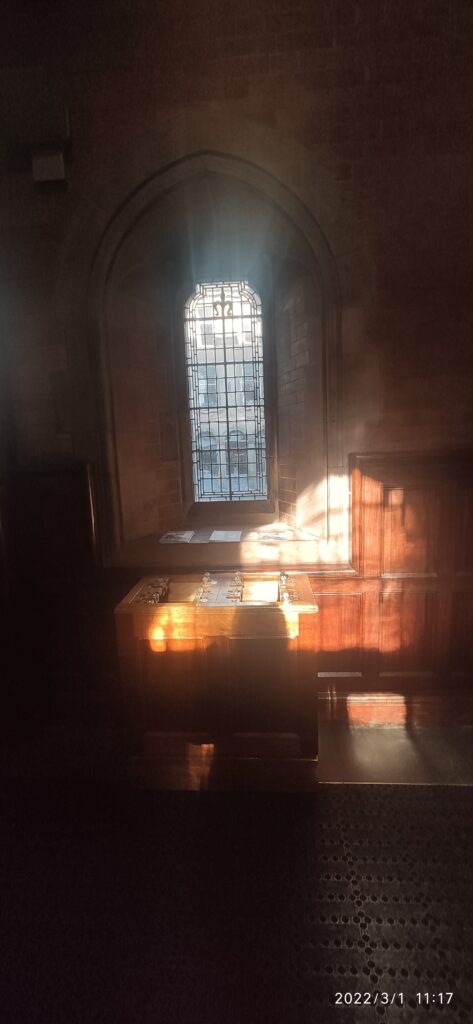
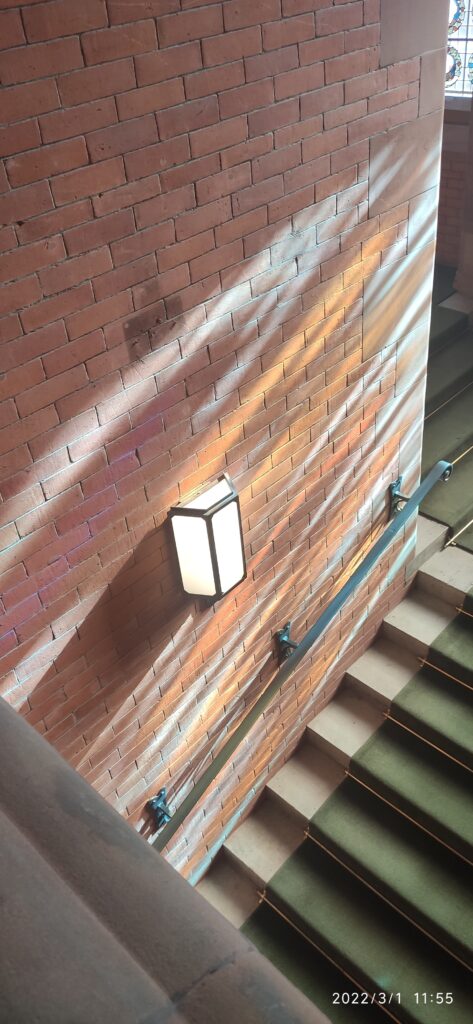


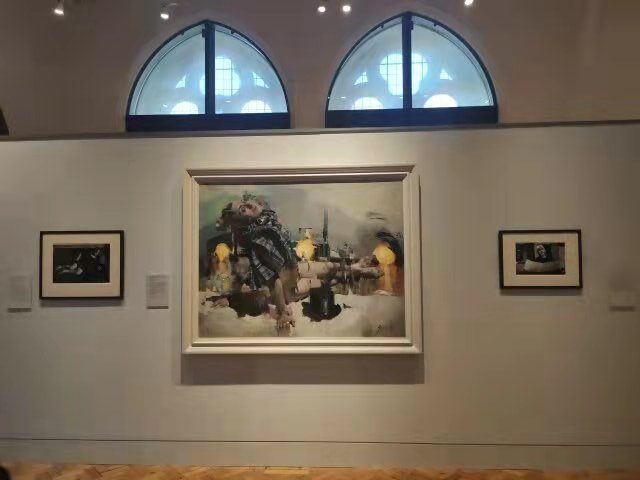

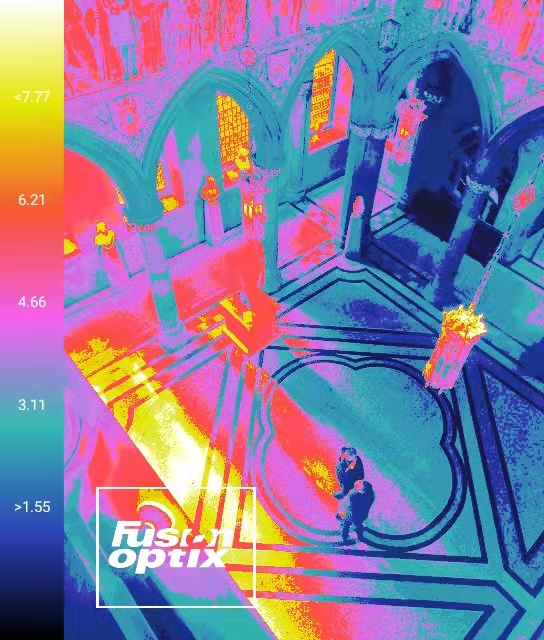
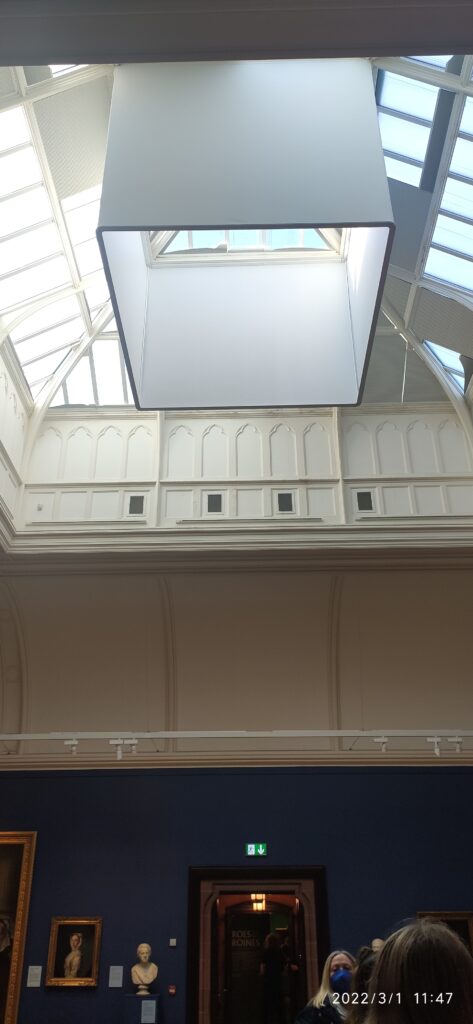
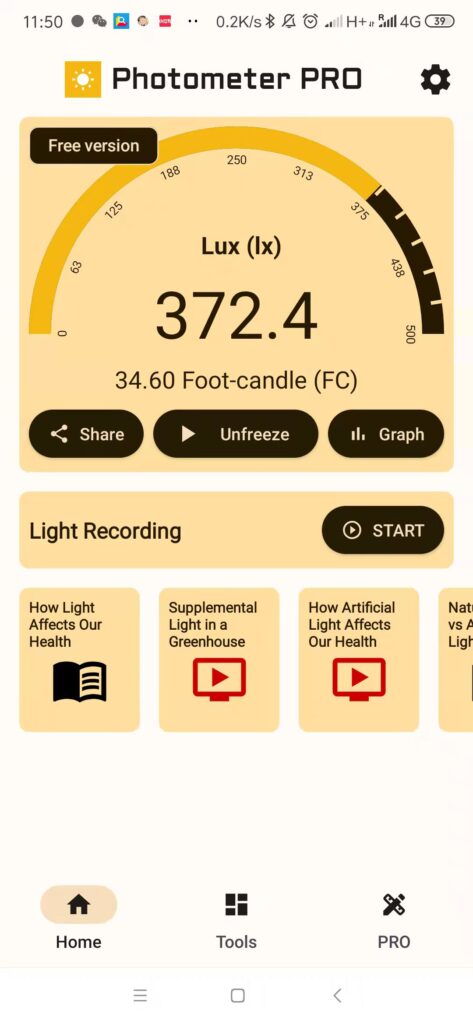
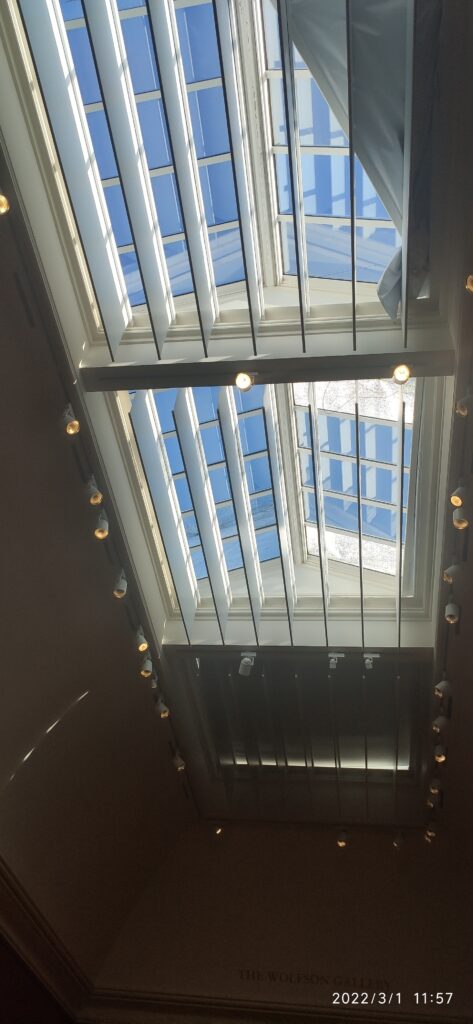
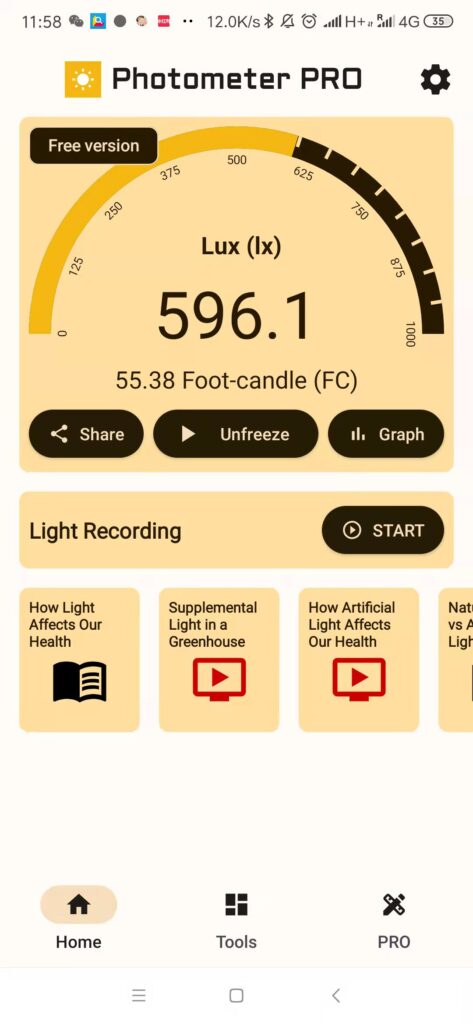


gtreacy
Hi Jorianne. Your blog is exemplary through a clear and thorough narrative of your learning each week and your critical analysis of the tasks you undertook. Nothing to add here – just keep up this blog journal as you now progress your own design ideas.
s2223175
Thank you very much for your comment! I will continue my efforts as you said. Then I will add the notes and my design ideas soon.